
Sketching is just as much about the paper as it is about the drawing utensils that you use. Do you want watercolor paper, drawing paper, a bit of “tooth” or texture? Super-smooth paper that will work well with ink or graphite? Bright white paper so your color will sparkle? Creamy ivory for a rich, vintage look? What about a brown-paper-bag color or a medium gray that will allow an almost 3-D effect if you work with light and dark ink or pencil? Sometimes I even use black paper and draw on it with colored pencils in lighter values.

Gel pens, acrylic markers and colored pencils are just a few of the tools you can use to get that sparkle of white on black or toned paper. Of course, when you’re working on white or light-toned paper, the paper itself acts as your lightest lights.
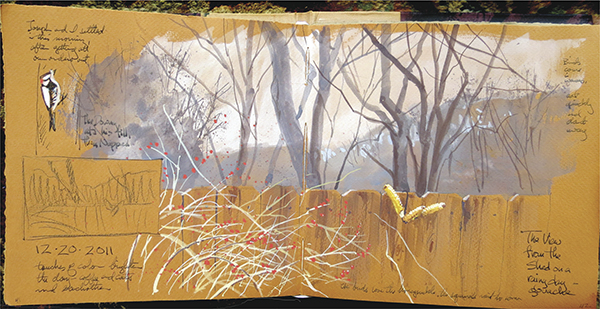
A small set of opaque watercolors (look for gouache paints) lets you work on all kinds and colors of paper, like this mid-toned brown.
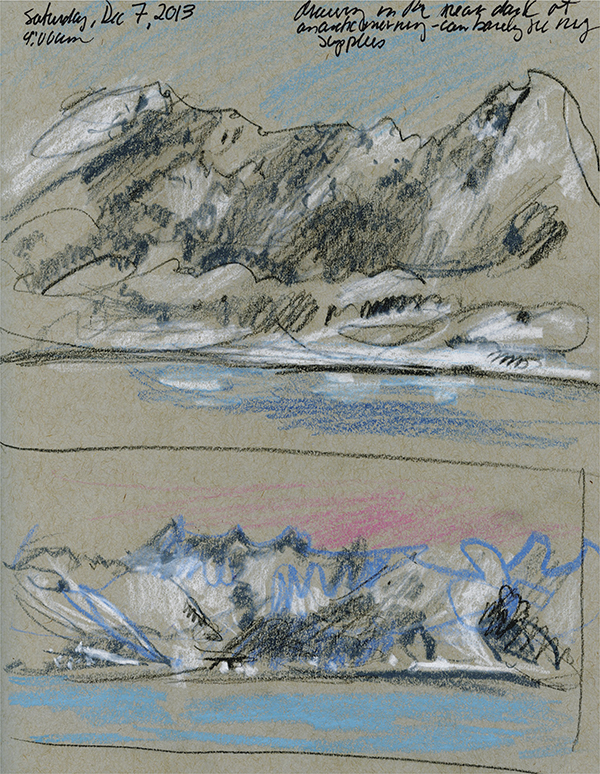
Use toned paper to capture a mood or temperature, as Laura Murphy Frankstone did. To capture Norway’s luminous chill, she used a few judiciously chosen colors to create that feeling, in addition to black and white.
Take a sheet of each type of paper, with different surface textures or even different colors if you’ve got toned paper, and try them out. Use a pencil to make various marks on each one, then a pen, then watercolor. Get familiar with them!
There are a lot of format choices: spiral, ring-bound, hardbound or accordion, for instance.
You might like spiral-bound books because they open flat and fold back on themselves to give you a bit of extra support to work on. On the other hand, the spiral may get in the way of your drawing hand when the sketchbook is laid out flat.
Ring-bound books are handy (and easy to come by), but I still find my favorite is a hardbound sketchbook or journal that will stand up to a lot of abuse.
Paper finish and surface makes a difference, too. You may choose hot-pressed (smooth), cold-pressed or rough. Paper may have sizing or other finishes that may be both internally and externally applied. (In some cases, like Japanese rice papers, there is no sizing, or almost none.) Sizing gives paper a harder surface that makes it tough and able to withstand more aggressive watercolor techniques like scraping or lifting.
I prefer a paper with fairly heavy sizing, because my pencil and pen seem to glide more easily. Also, paint stays more on the surface rather than being absorbed, which can give your work more sparkle.
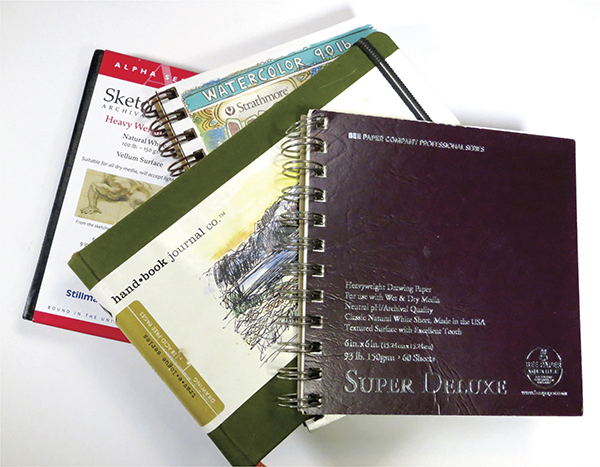
Size, format and surface texture are all very personal choices.
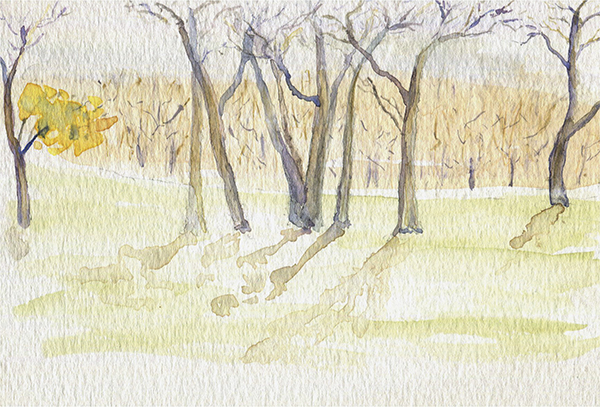
My husband and favorite painting partner, Joseph, prefers the smallest spiral pad he can slip into his cargo pants pocket, along with a tiny watercolor set. The largest he works is on a 5" × 7" (13cm × 18cm) watercolor block, like the image here. This size is lightweight, handy and unobtrusive.
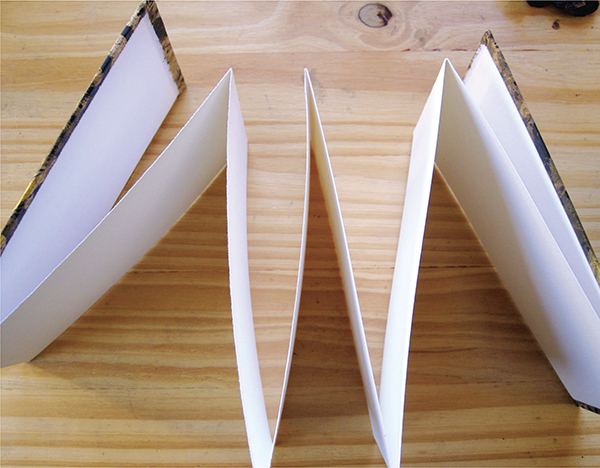
Accordion books like this let you combine images from one page to the next for continuity, and it allows you to work on both sides. They’re great for themed books.